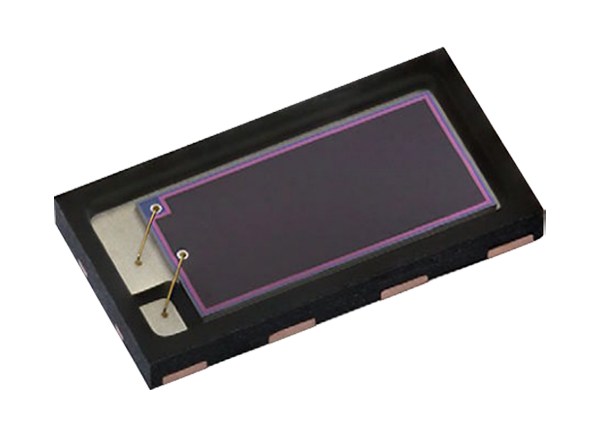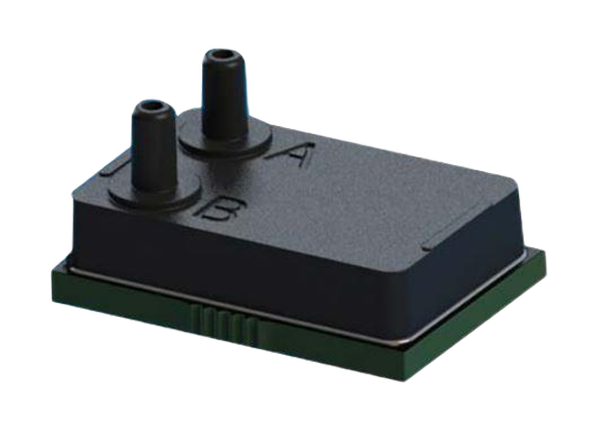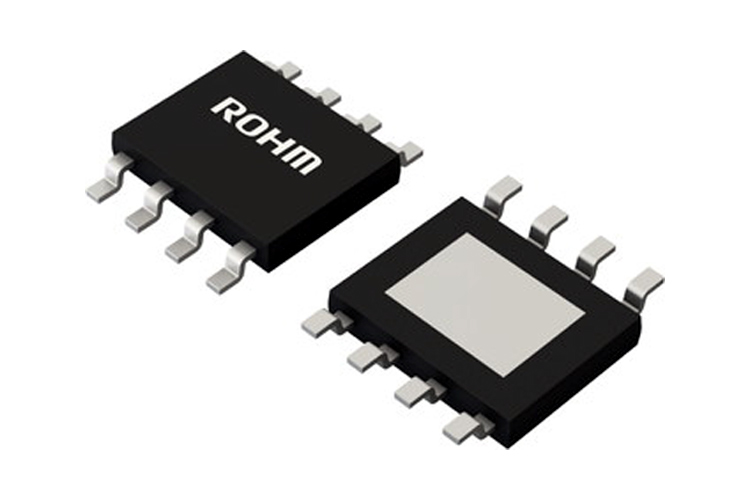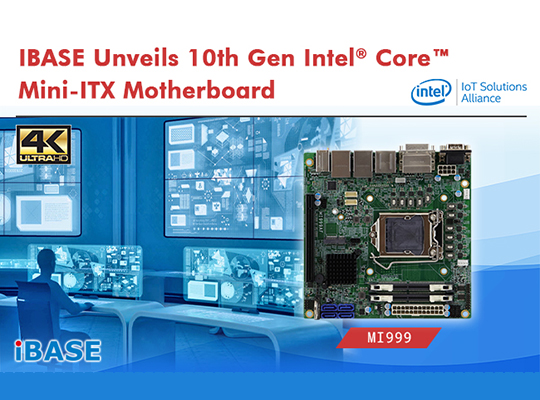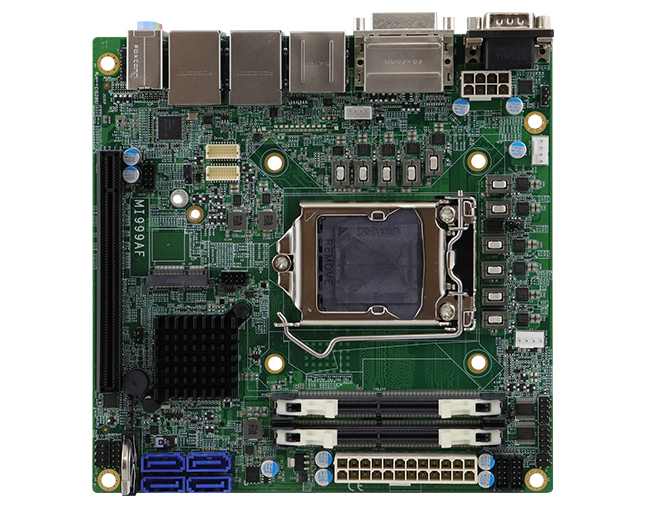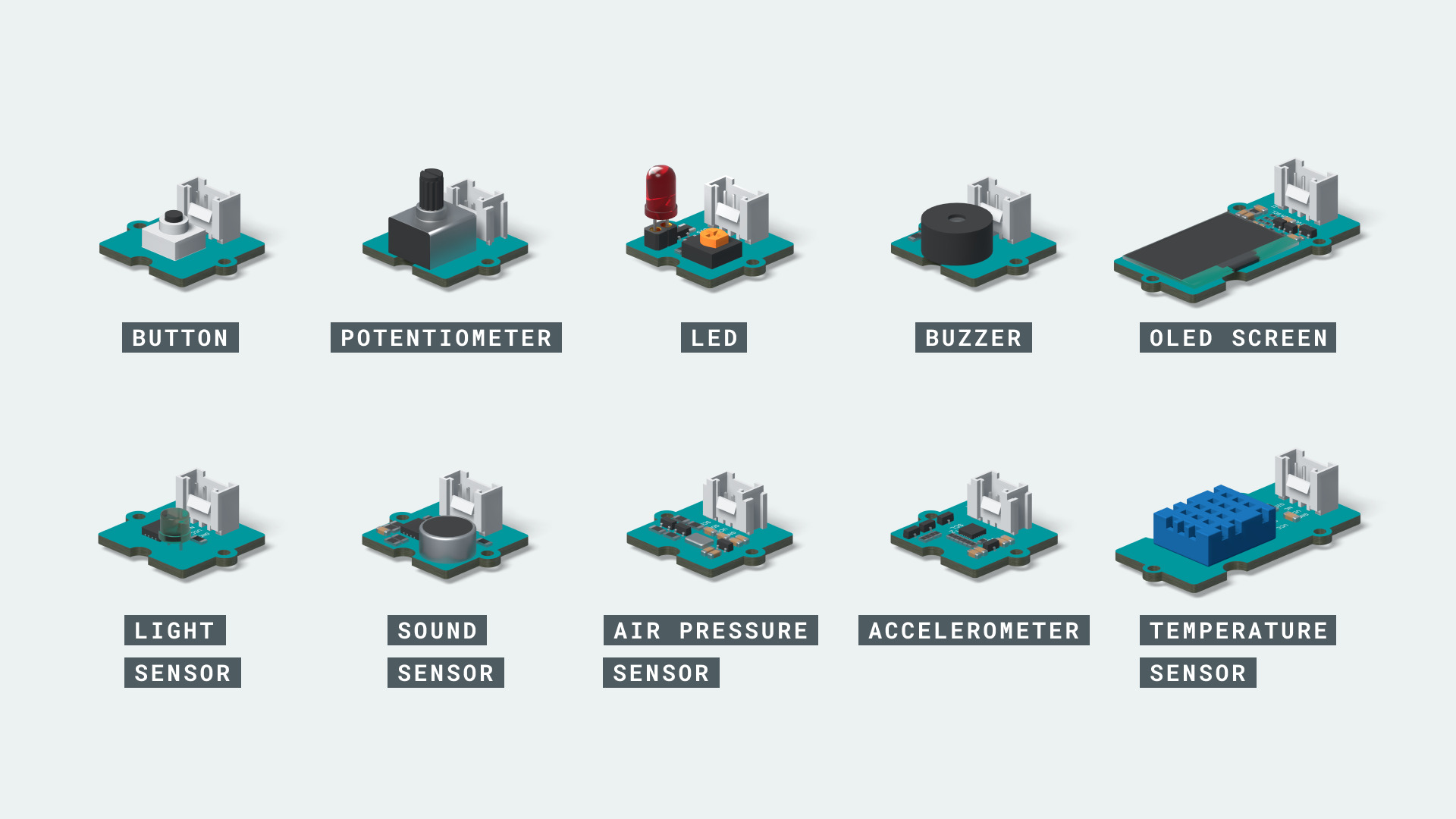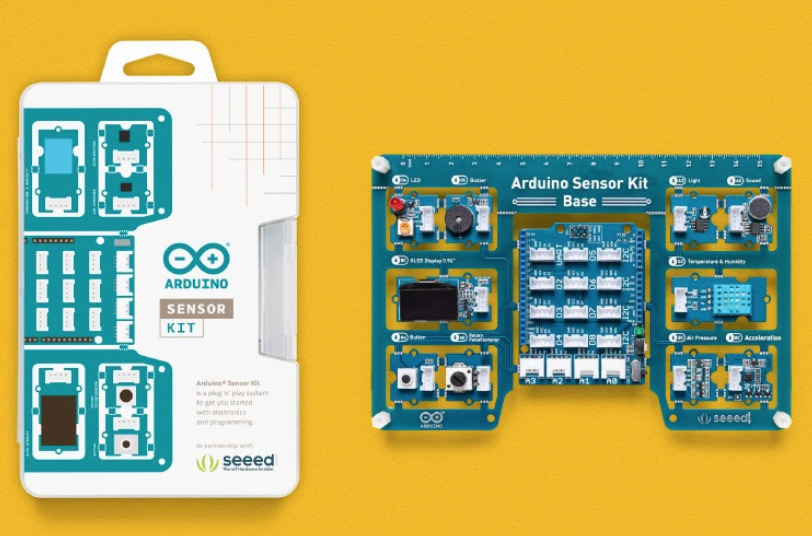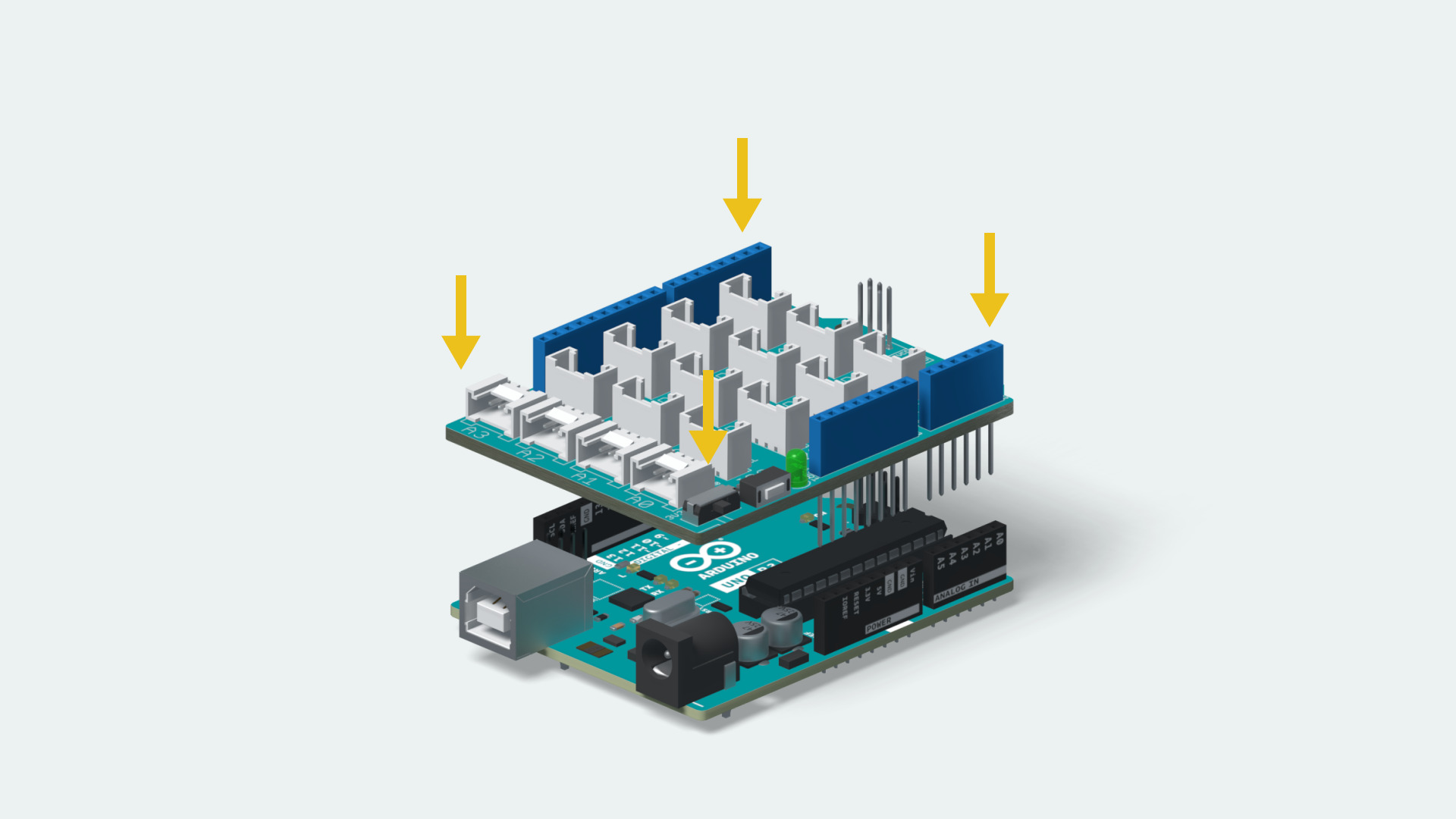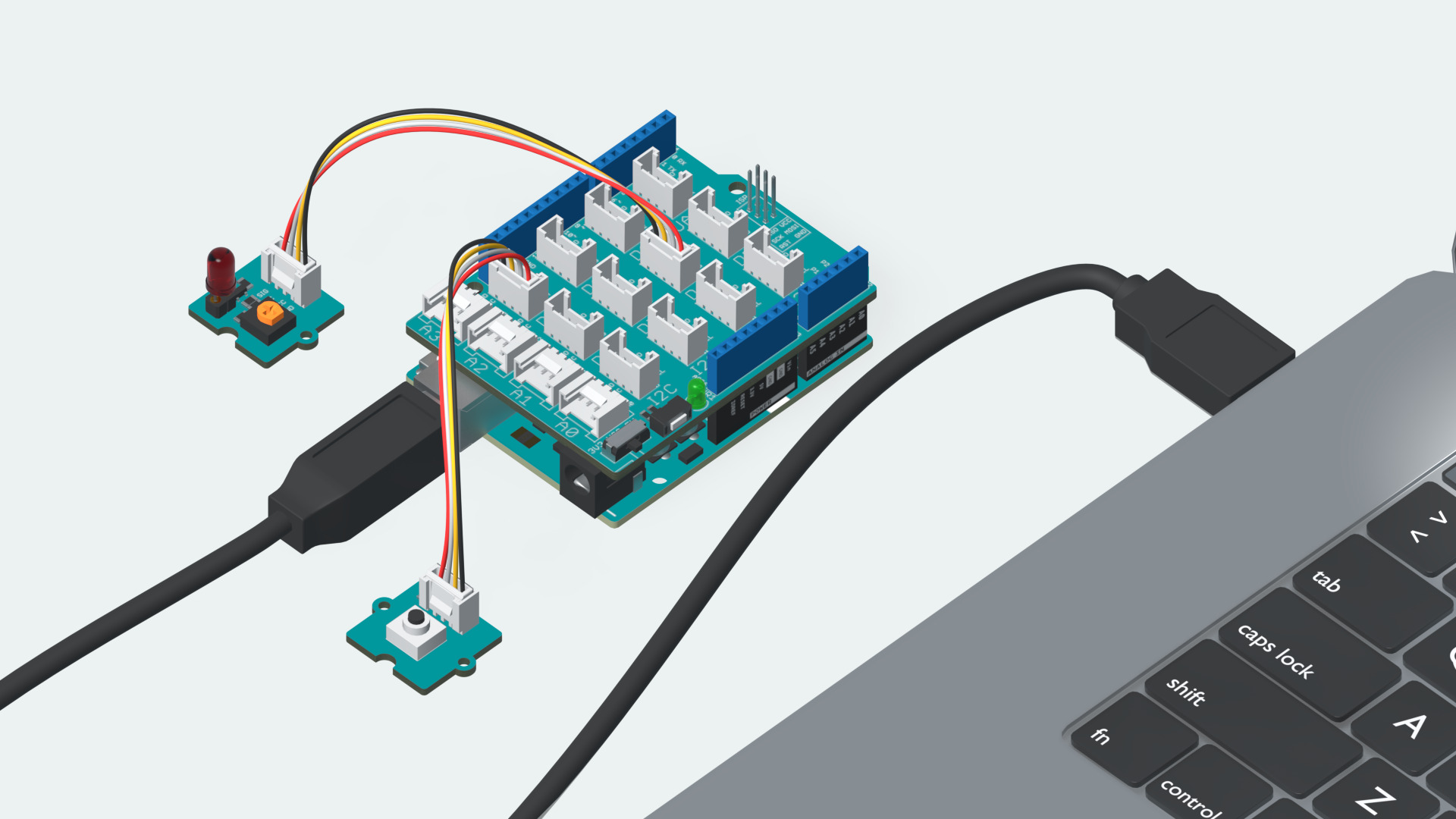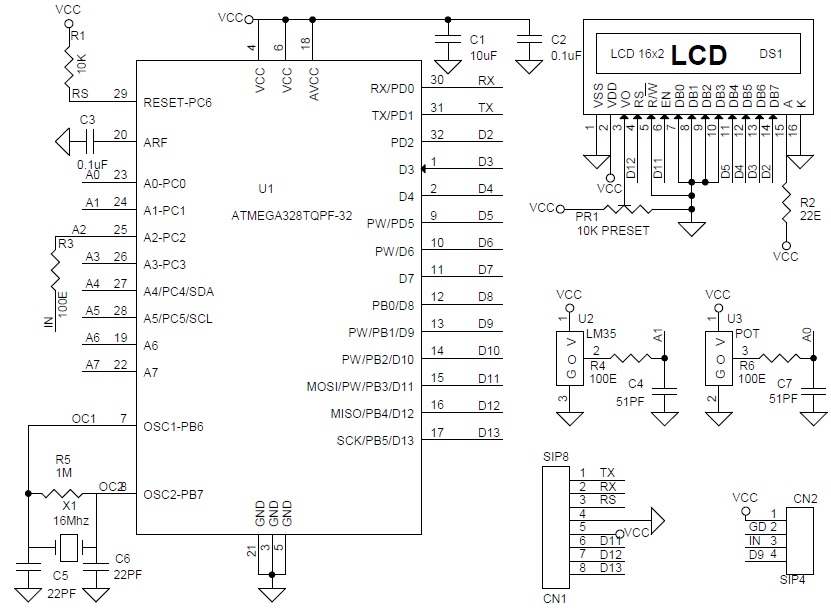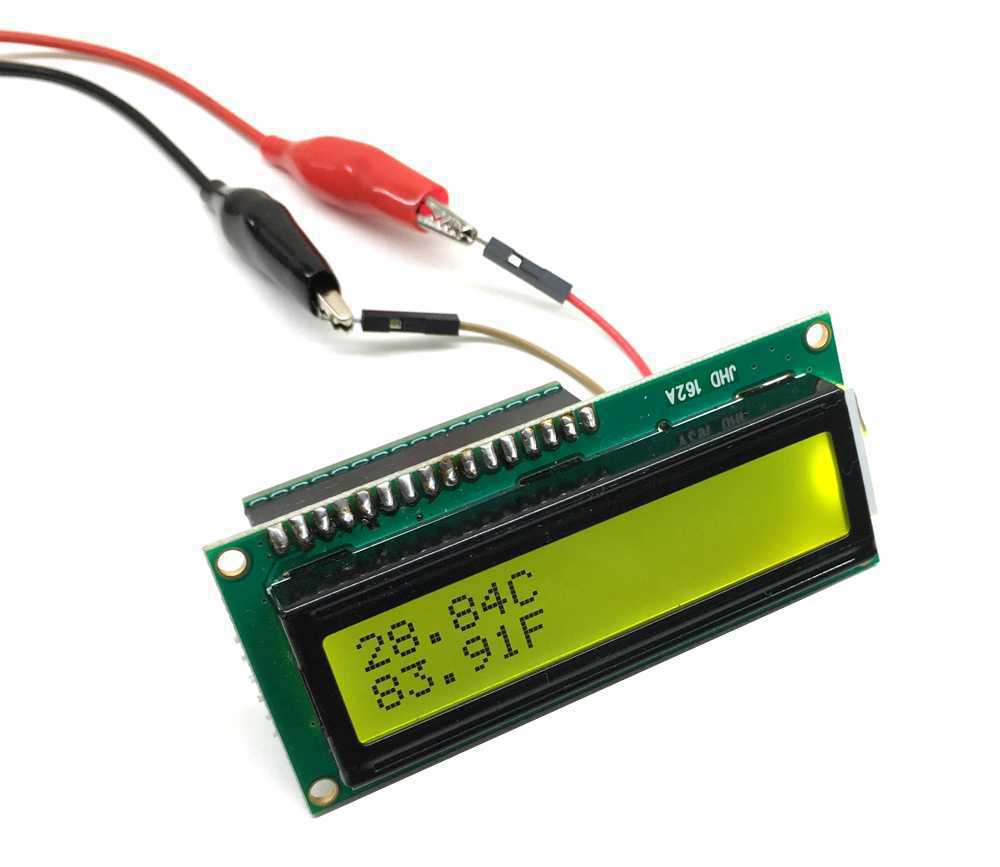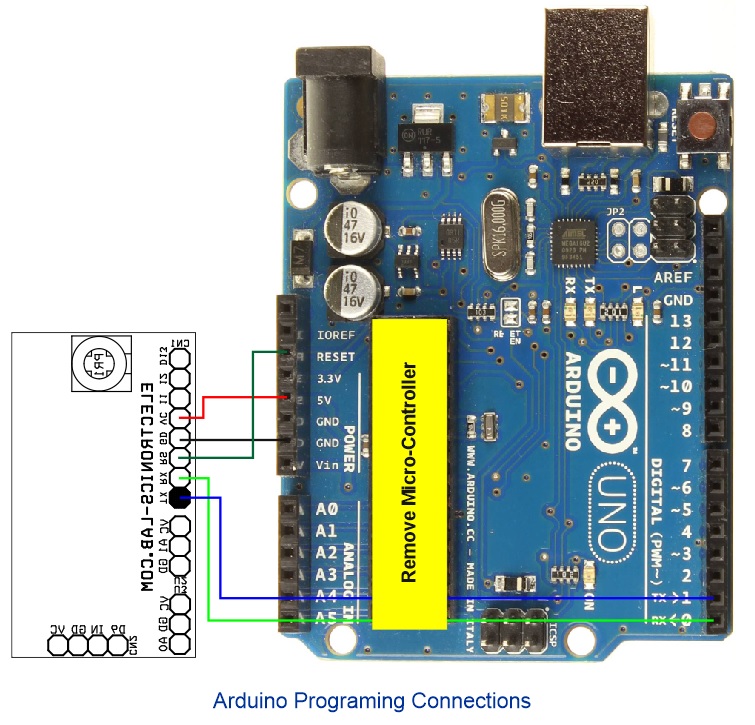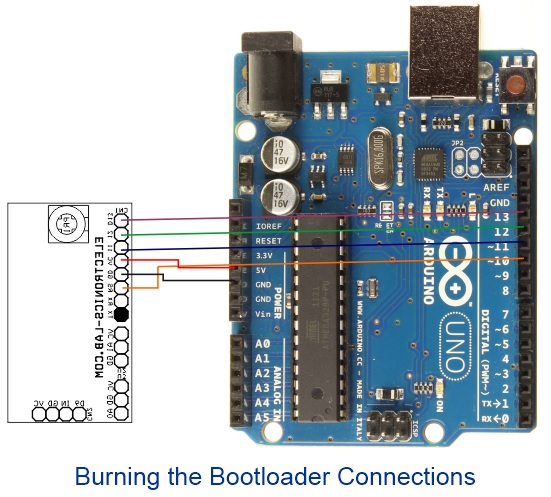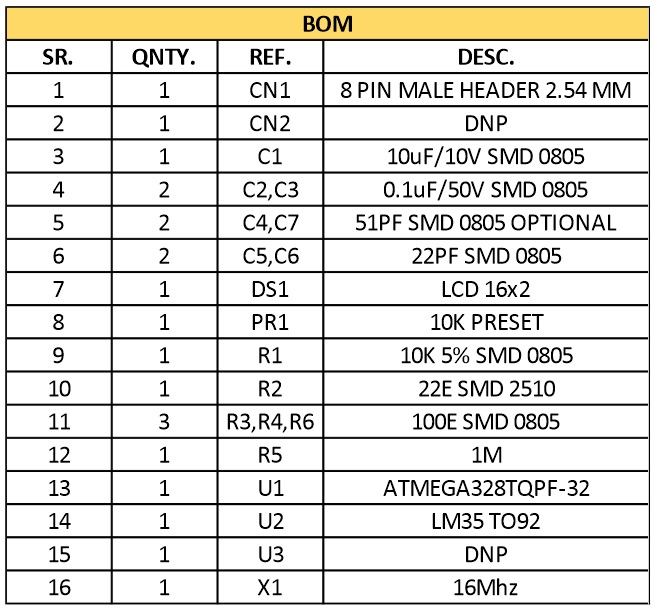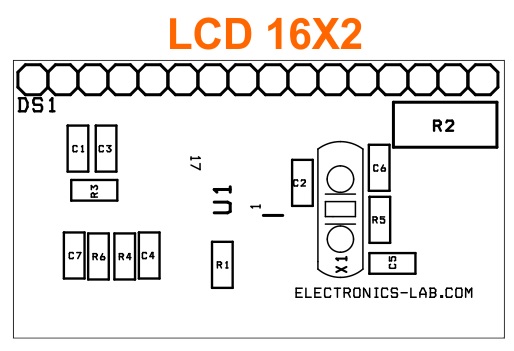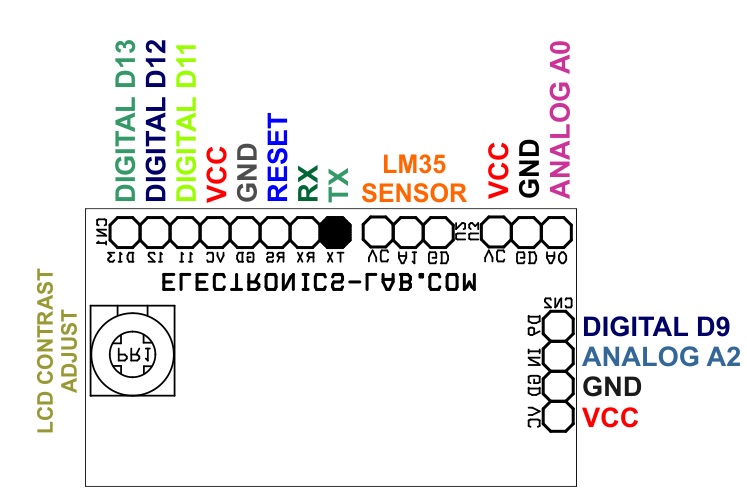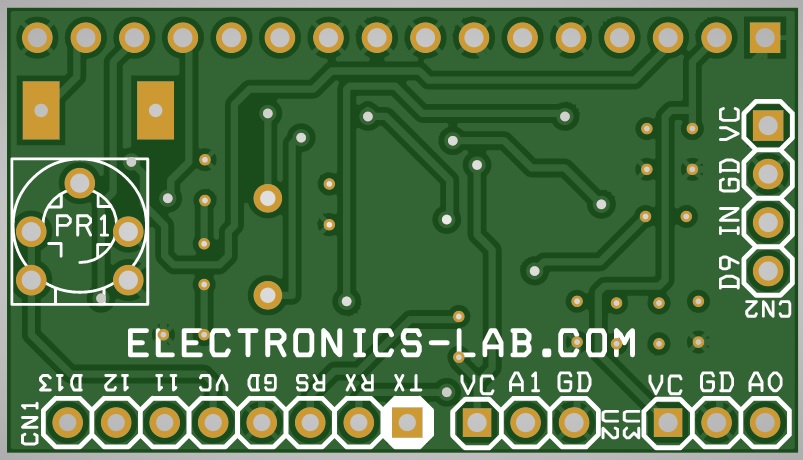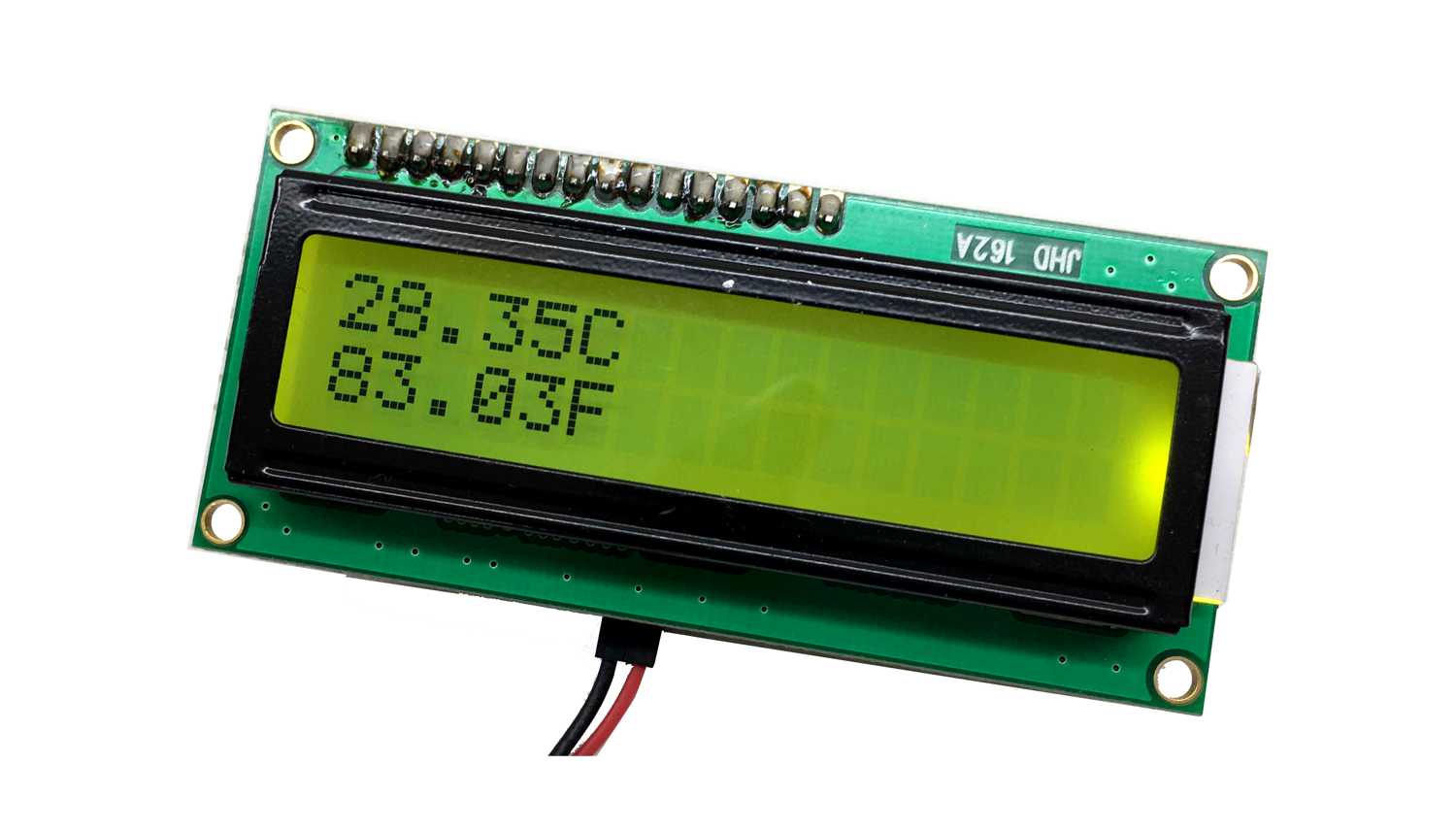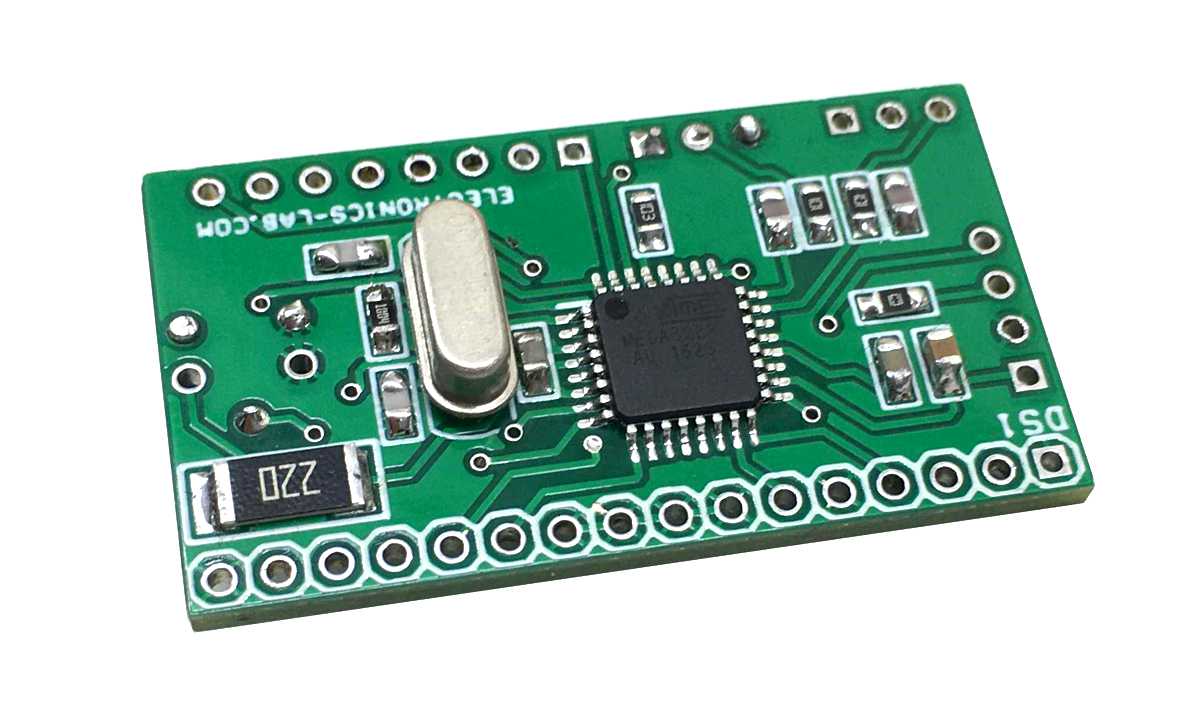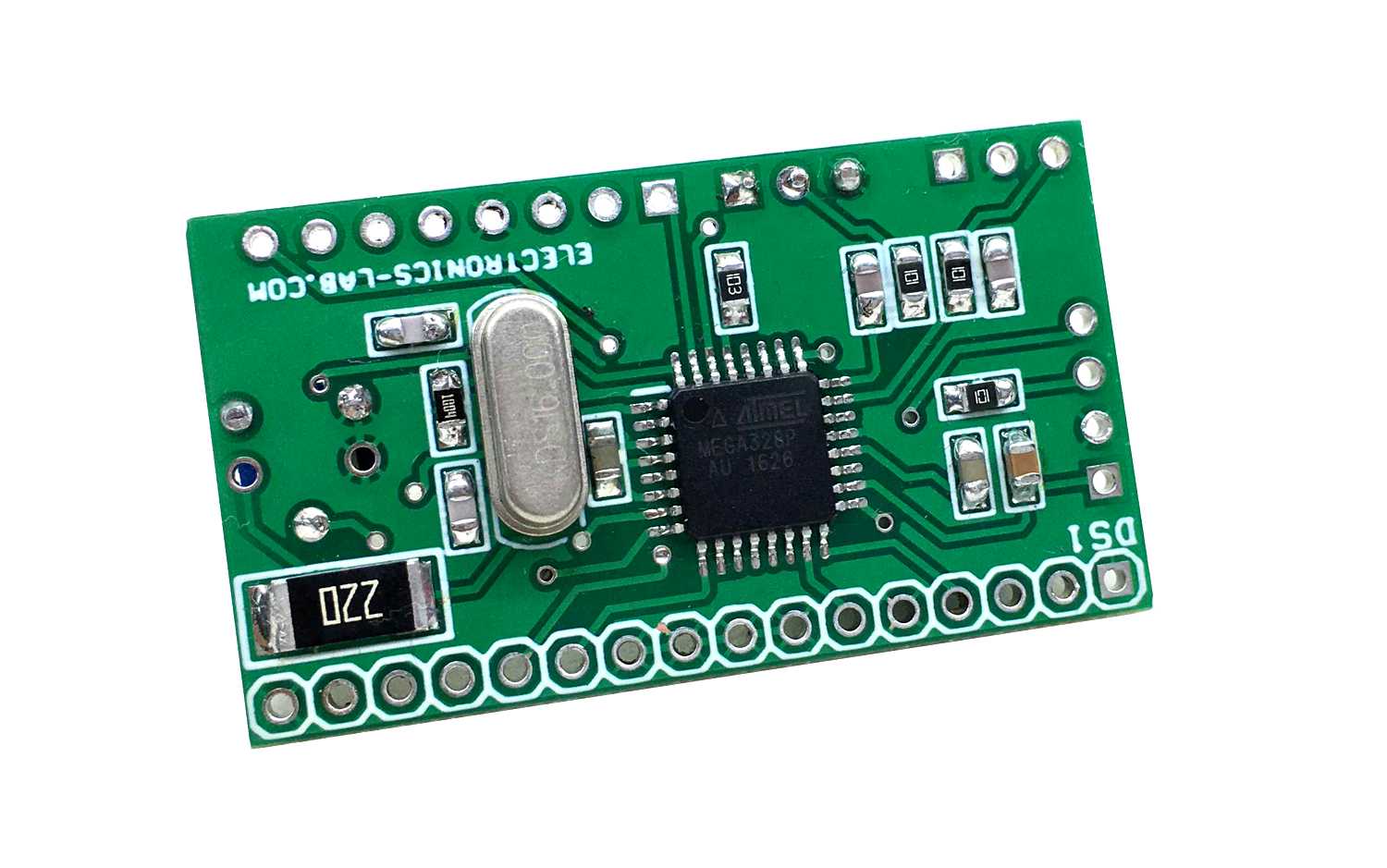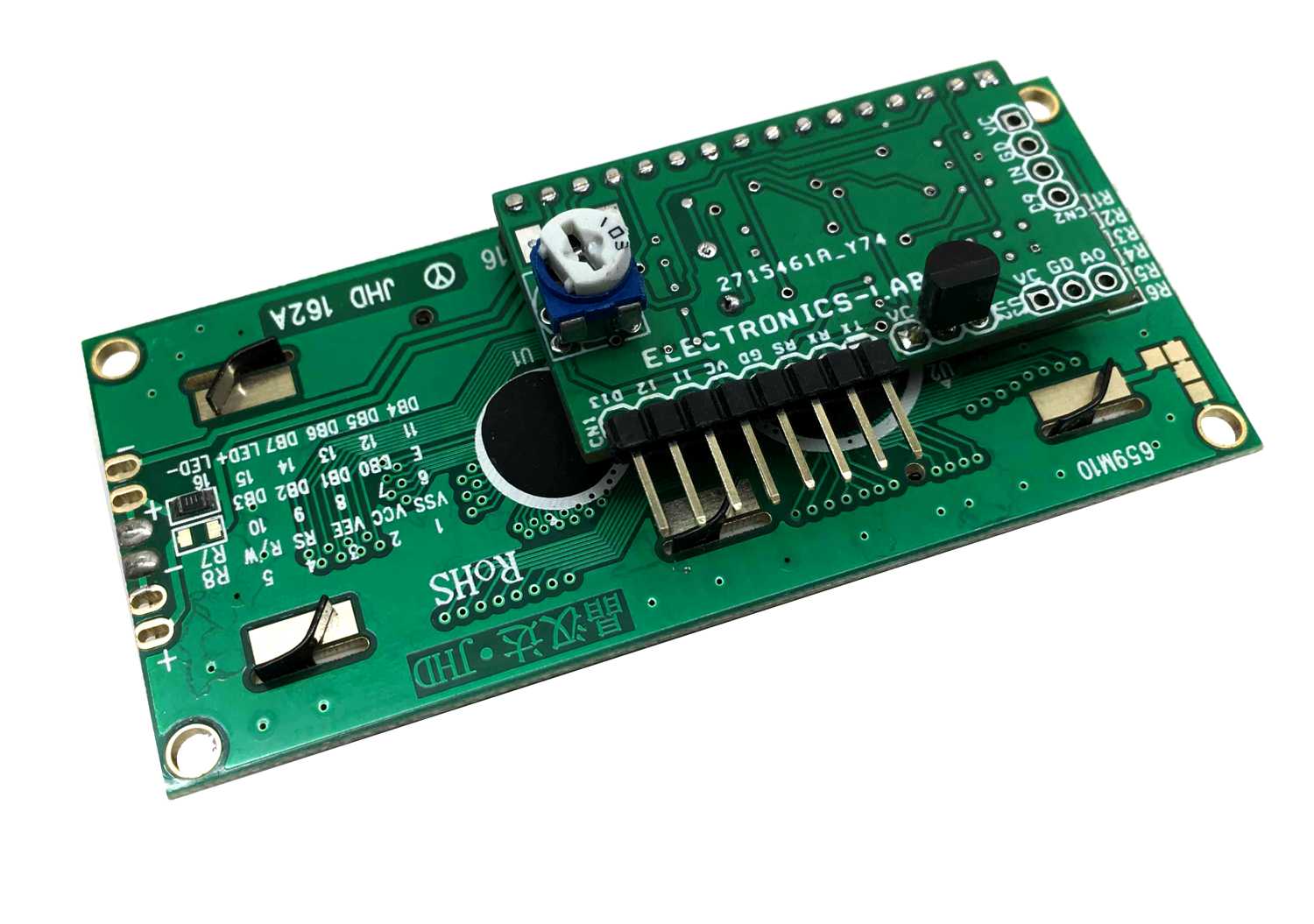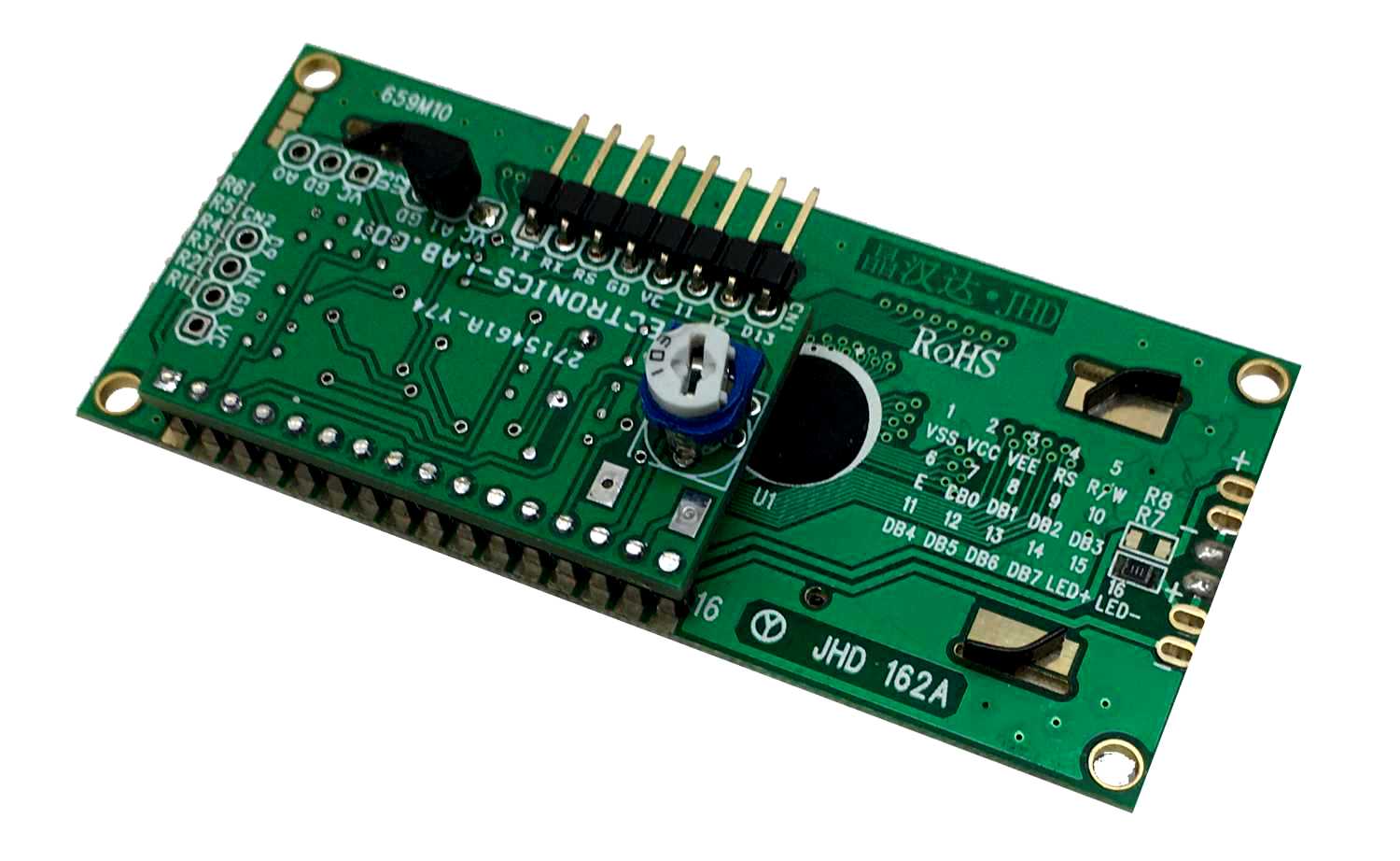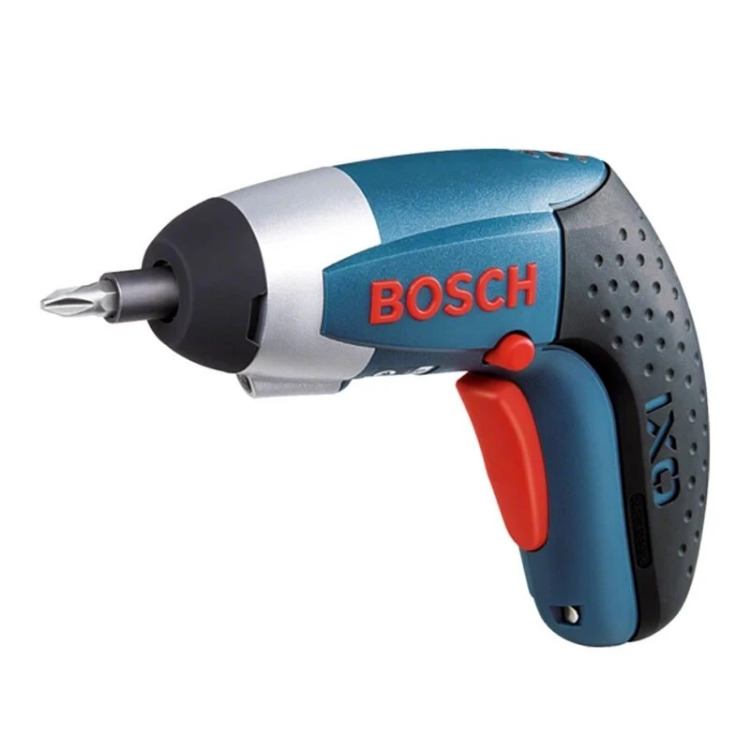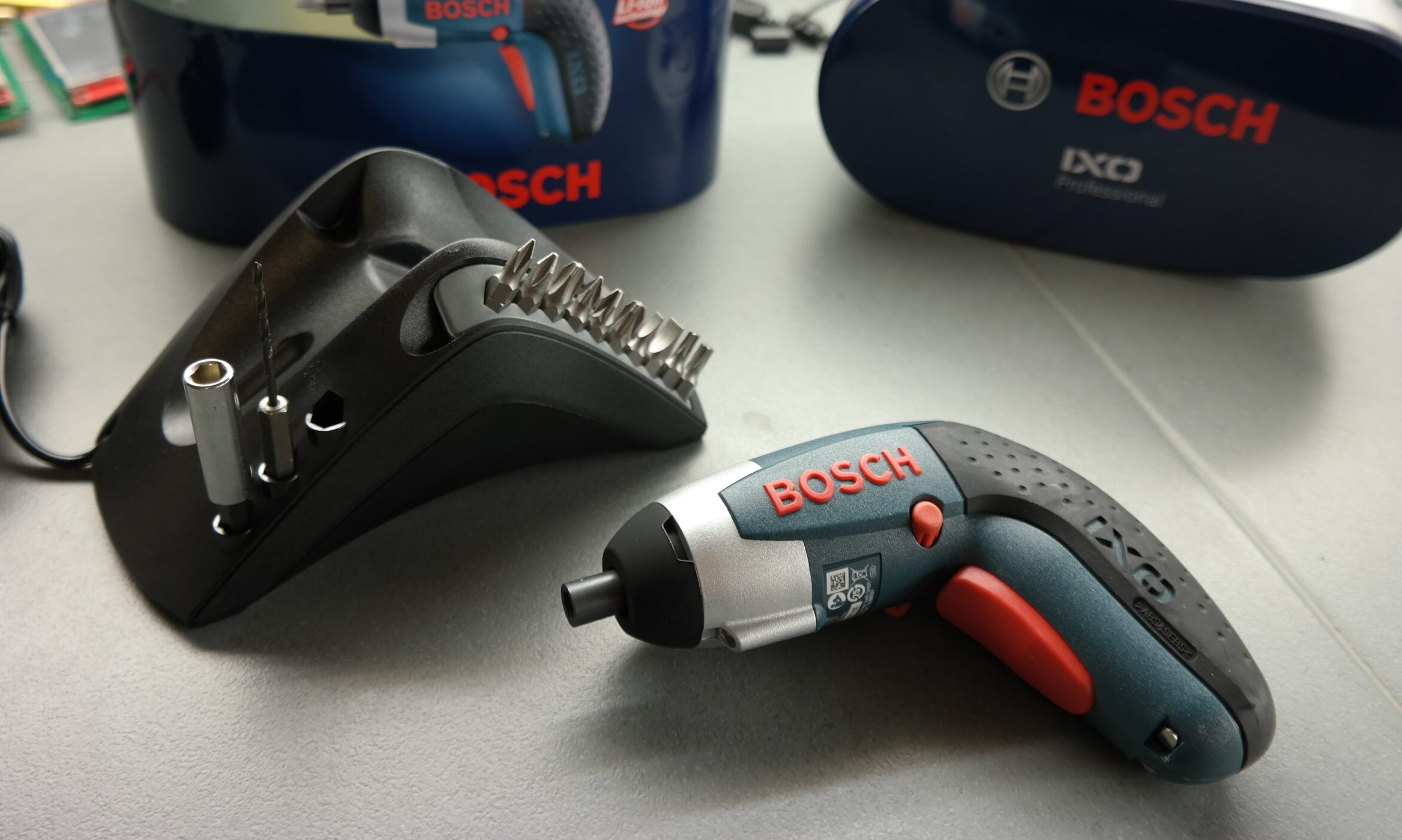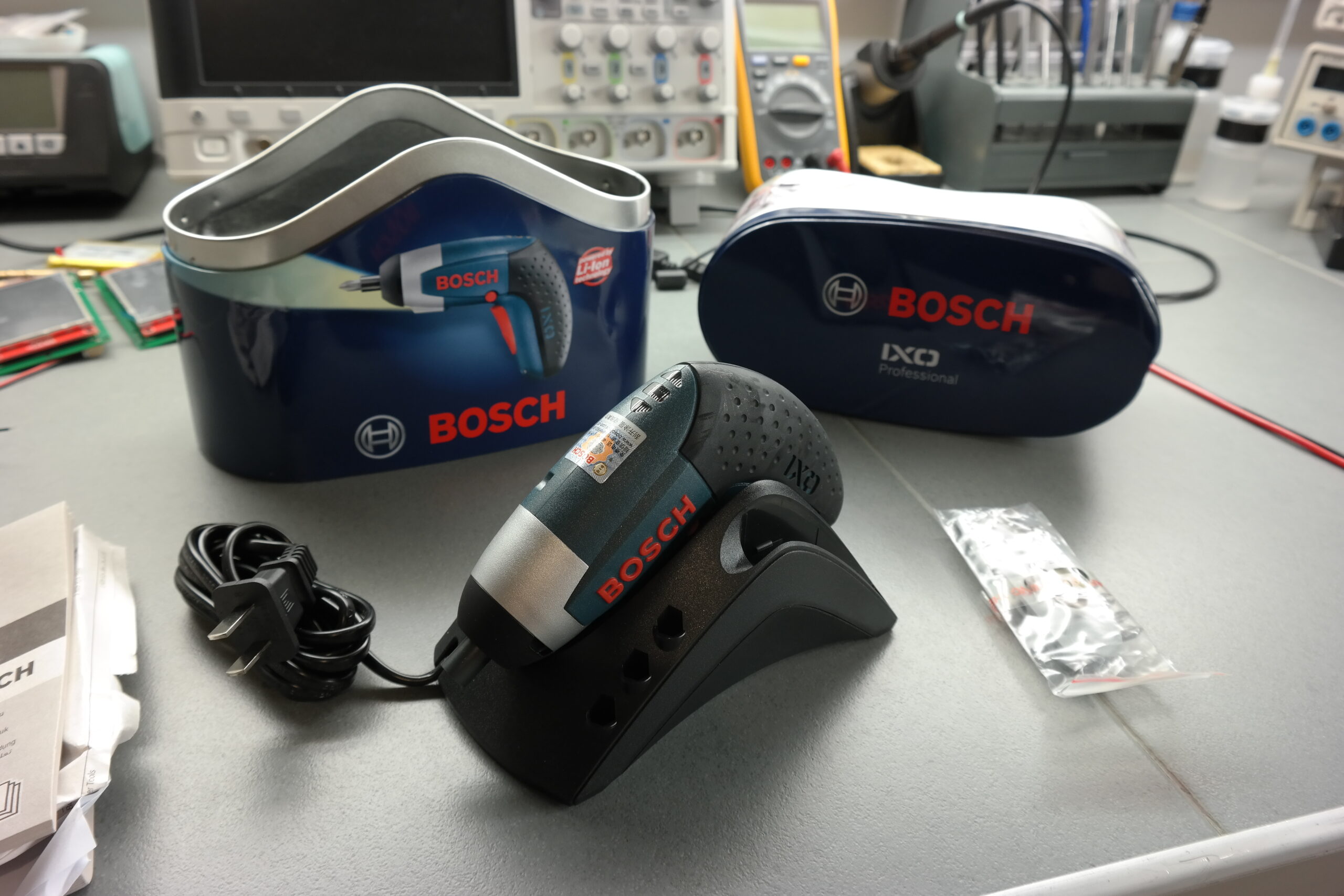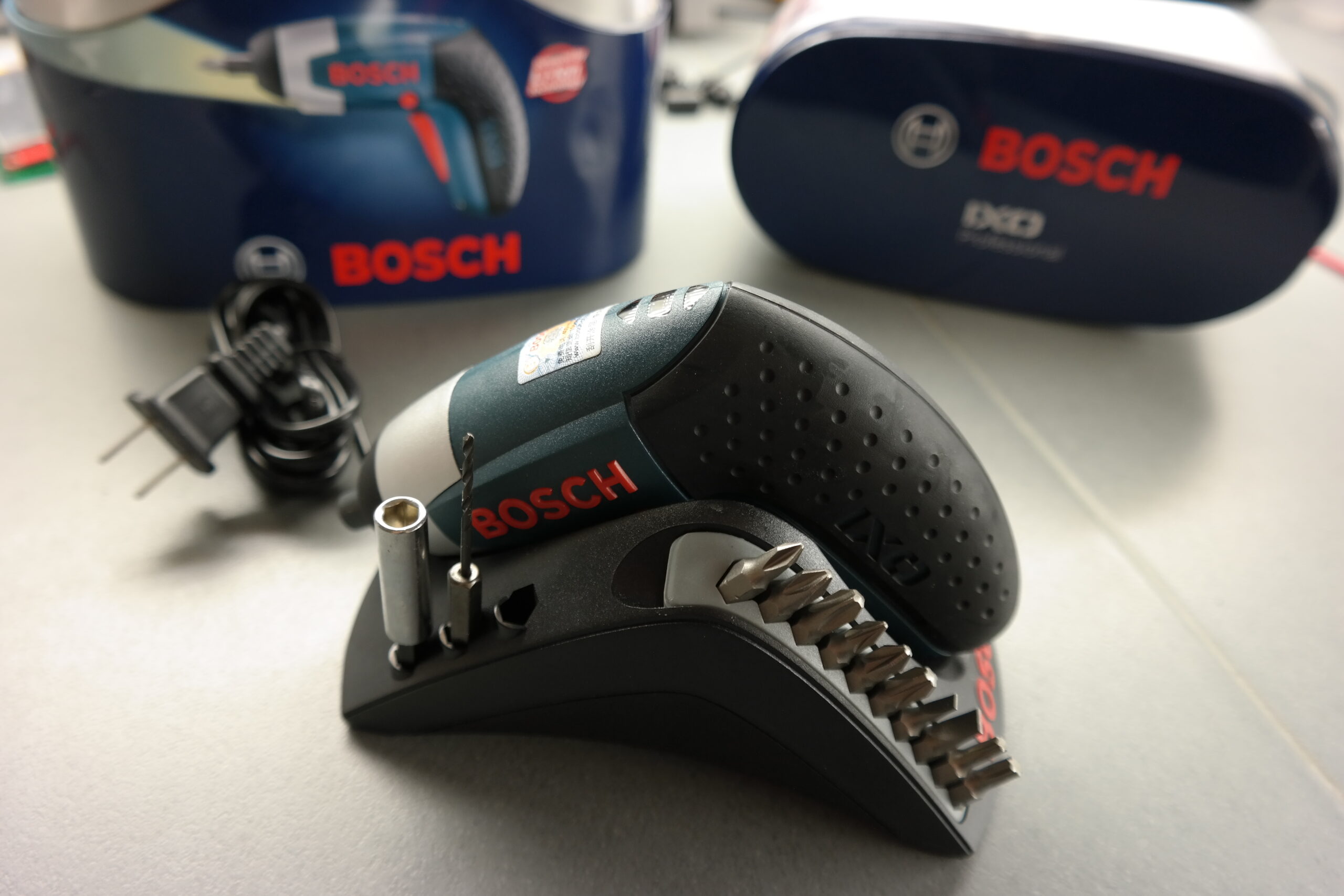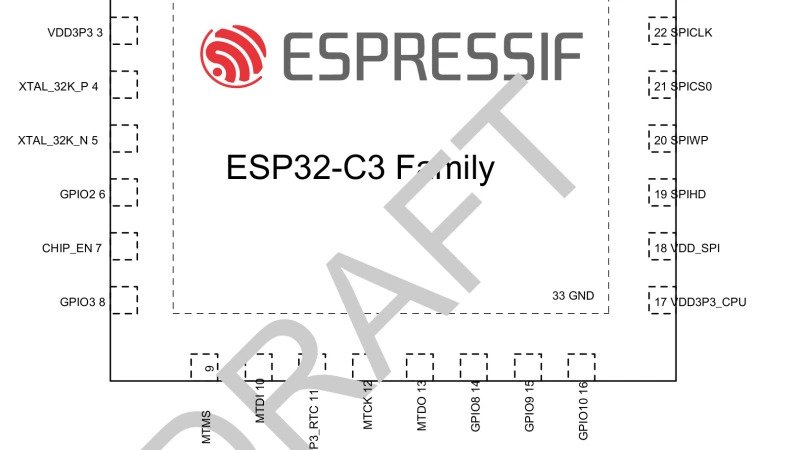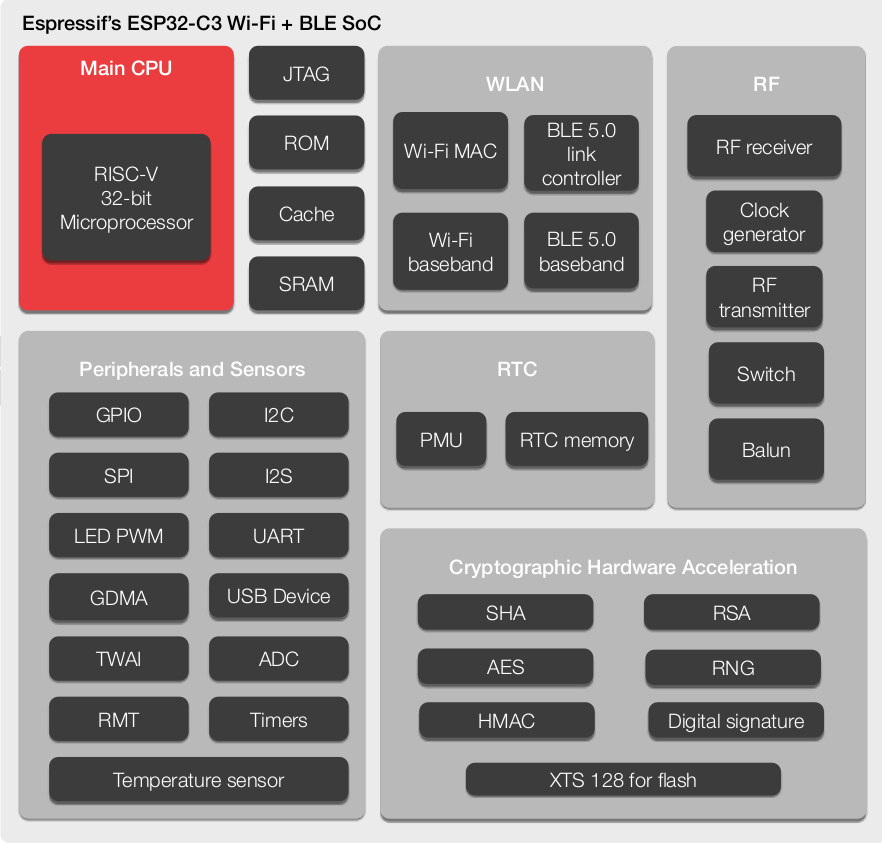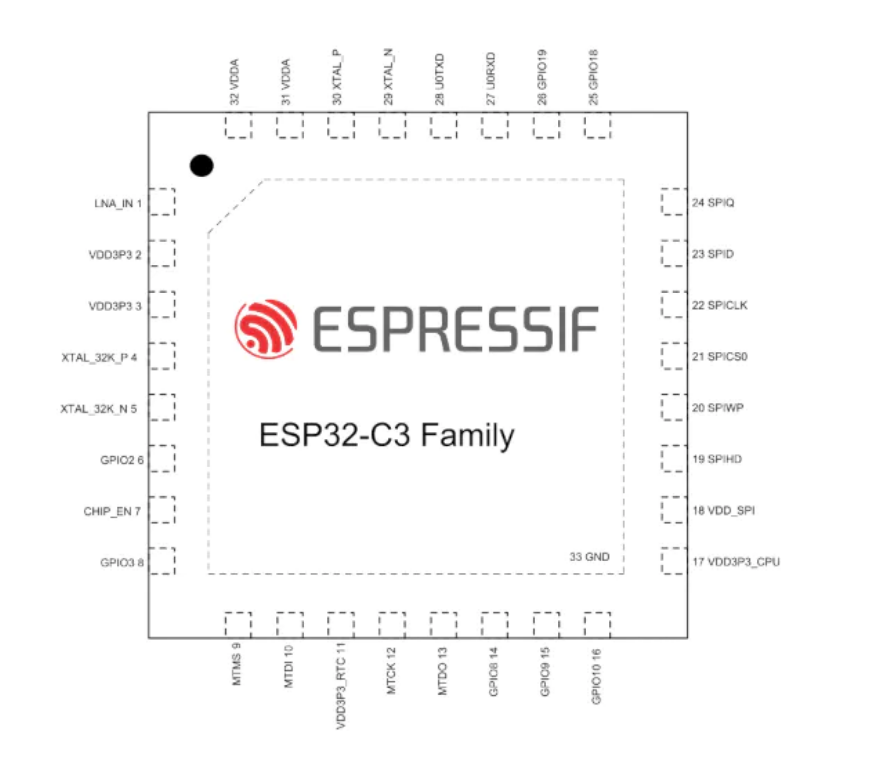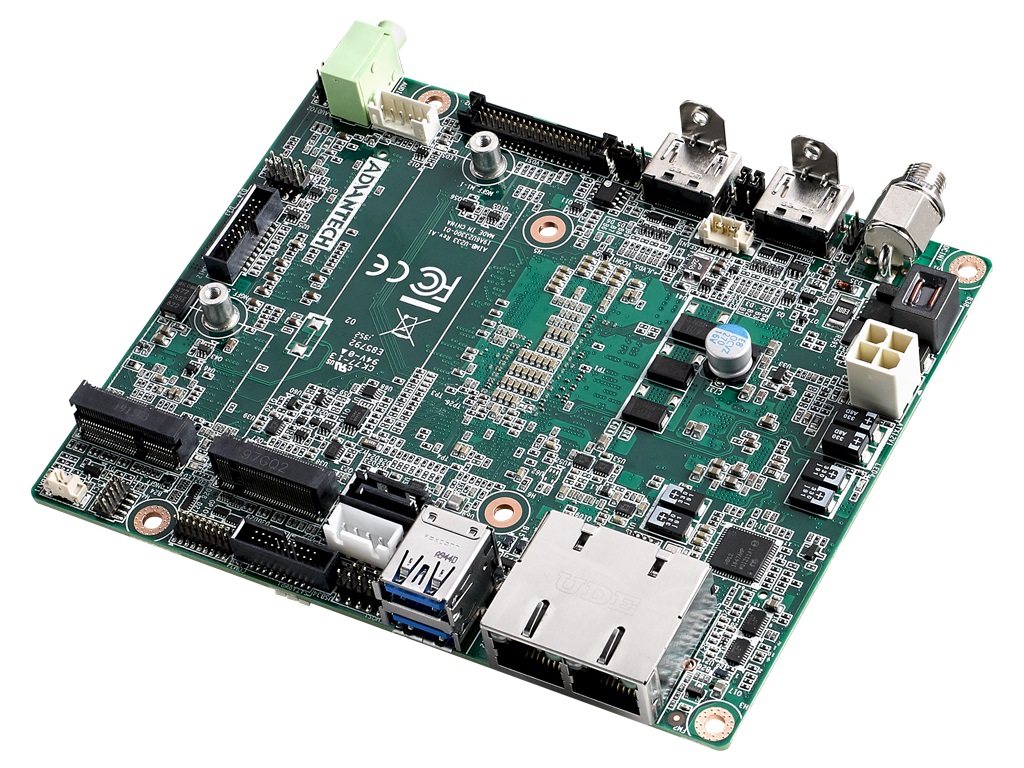
Advantech, a leading provider of industrial motherboards, is proud to release its AIMB-U233 palm-sized motherboard aimed at smart applications. As the first Core i platform in Advantech’s UTX motherboard family, AIMB-U233 inherits the highly functional small form factor design powered by powerful 8th generation Intel® Core™ processors (i3-8145UE / i5-8365UE / i7-8665UE). This motherboard combines high computing performance with diverse I/O ports and M.2 expansion slots, yielding an ideal solution for sophisticated digitalized applications, specifically those that require a small footprint, e.g. kiosk integration, medical and factory automation applications.
Palm-Sized Solution for Machine Vision and Deep Learning

The industrial automation market is trending towards computing systems with a small form factor. Smart factory applications require from one side enhanced computing power integrated peripheral devices to enable machine vision and deep learning and from the other side have limited installation spaces. The Advantech AIMB-U233 motherboard is designed to meet the needs of smart factories. Despite its compact size (112 x 137 mm), AIMB-U233 offers 4x COM, 4x USB, 2x HDMI, 2x GbE LAN, 16-bit GPIO and 3x M.2 expansion slots. Meanwhile, the Intel® Core™ i7-8665UE processor guarantees smooth performance for complex computing tasks.
M.2 Expansion Slots for Increased Functionality and Flexible Configuration

The AIMB-U233 motherboard is equipped with M.2 M-key, M.2 E-key, and M.2 B-key compatibility to support diverse applications and drastically boost computing performance. Combining the M.2 M-key interface with 4-lane NVMe PCIe can increase storage read/write speeds up to 400% compared to a traditional SATA 3.0 SSD. Moreover, this functionality is expanded, allowing the system to automatically switch into SATA mode when a cost-effective SATA SSD is installed.
To meet the increasing demands of wireless connectivity, the AIMB-U233‘s M.2 E-key and M.2 B-key connectors can be used to integrate Wi-Fi/BT and 4G LTE modules and support a wide range of wireless applications. Both expansion slots can also be used for storage via a 2-lane PCIE SSD (M.2 E-key) and/or SATA SSD (M.2 B-key). For machine vision applications in automated factories, the M.2 E-key connector supports the use of Advantech Movidius™ modules for AI computing.
Hardware-Based Data Protection with TPM and RAID

Cyber-attacks and storage crashes are two major data protection concerns regarding any AIoT smart application. The AIMB-U233 motherboard is equipped with TPM 2.0 to enable data security with hardware-based encryption and authentication. Meanwhile, to ensure reliable operations, the provision of RAID support enables data mirroring to mitigate the impact of hardware failures.
Smart I/O Controls and Value-Added Software
Advantech combines the palm-sized AIMB-U233 hardware with its value-added software solutions to facilitate remote monitoring and preemptive maintenance and security. The OTA BIOS system offers seamless updates and a backup recovery mechanism, greatly reducing the need for servicing by equipment technicians.
The board currently supports a vast number of Linux distributions. Advantech offers a Linux image based on Ubuntu 20.04, apart of the Windows 10 IoT.
To resolve minor computing glitches, the embedded USB controls can be used to discontinue the power supply from the device. Meanwhile, the COM ports can be configured to RS-232/422/485 mode via the BIOS, which is KVM accessible through Intel vProtm.
Key Features
- Palm-sized motherboard design (112 x 137 mm)
- Powerful 8th generation Intel® Core™ i processor for fanless operation
- Diverse I/O and system expansion slots: 4x COM, 4x USB, 2x HDMI, 2x GbE LAN, 16-bit GPIO, and 3x M.2 expansion slots
- Pre-installed Advantech DeviceOn software for remote monitoring and management
Advantech AIMB-U233 industrial motherboard is available for order now. For more information about this motherboard or other Advantech products and services, please contact your local sales support team or visit our website at www.advantech.eu.
Learn more as well about Advantech’s local customization options under http://bit.ly/AdvantechDMS.
 Ultra-low power single-chip microcontroller based on the 48-MHz Arm® Cortex®-M23 core
Ultra-low power single-chip microcontroller based on the 48-MHz Arm® Cortex®-M23 core


